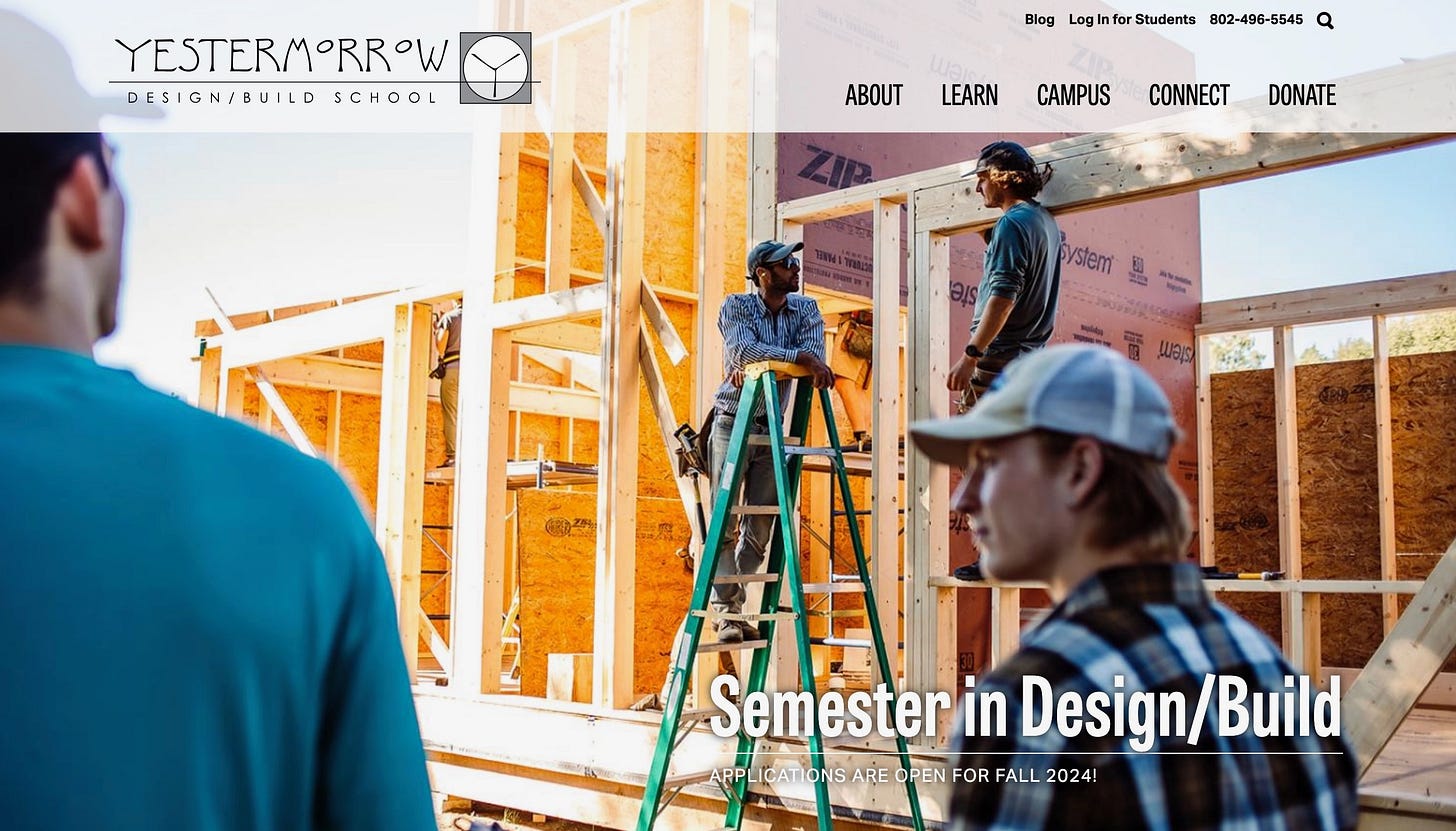Lowering the Temperature
We had an unseasonably wet day yesterday. Second week of May. It rained steadily all day long.
All day long, there was also a steady stream of customers, buying soil, plants, fertilizer: The ones among us who knew that this was a perfect planting day, when the soil was both warm and wet down to a deeper than usual level for this place where I live.
I am so grateful for the rain, as are the buckeyes on Skyline Boulevard, saplings now, that I planted from seed some six years ago. Buckeye seeds, round, smooth, a lustrous brown, are the size of a child’s fist before they sprout. These came from a very old Buckeye that had lived on a steep hillside above the school where I worked. The tree’s main limbs broke apart one fall, and the enormous seeds are its legacy.
California Buckeyes are suffering from climate change. They look more weathered and more die than used to in the North Coast up to Mendocino. They need to settle in cooler places. I had learned a bit about tree planting from my friend Brit some years ago: we planted a small redwood in a then-uncared for public park in South Berkeley. Today that tree is beautiful, robust and tall, as is the park.
I had also seen my father plant and nurture acorns from the California Live Oak, and prune an extraordinary Madrone that had set its roots in the water line in front of the house that he (literally) built in Willits, Mendocino county.
Back at the school, I gathered up as many buckeye seeds as I could carry, admiring their smooth beauty, brown and hard, each fitting perfectly in my hand. I took them home, did a little research on how to grow a buckeye tree from seed, and started about eight or ten of them in my back garden, in pots. It was a long wait. Eventually, however, the buckeyes released their roots and stems, and they began to grow.
I put three on the hillside of the school where I worked, enlisting one of the maintenance employees I was friendly with, as well as two Environmental Science students who were interested in sustainable plant growing.
My parents adopted one buckeye for Willits, which is in Mendocino County, about three hours drive from Oakland. And here I digress.
My dad, Eric, had built a house in Willits, and by saying this I don’t mean he paid others to build it for them. Eric was a numbers man in his professional career, but he had loved to build for as long as I could remember. Eric built furniture; boats; improbable kites; he carved sculptures. And for his midlife crisis he bought a zippy Mazda and drove to Warren, Vermont for six weeks to attend a course at Yestermorrow, a remarkable owner-builder school. He wanted to design and hand build a really nice, environmentally sound, home.
Eric designed and built over a span of 18 months, bolstered by the labor of family members, neighbors, and strangers he met in town who showed up for the tricky stuff, like lifting the frame of each wall to vertical and installing the ridge beam. I went for weekends when I could. I learned how to install insulation under the house in between beams. We all learned how to scout for rattlesnakes before entering the crawl space. We fished and had water fights in the pond. We had fabulous parties when the day’s work was done. Years later, I planted my Buckeye, which I refer to as “the Willits Buckeye,” near the end of the pond in the hopes that over the many hot summer months when nobody was there, the Buckeye would take its roots deep enough to get water. We nicknamed her Bucky.
Back in Oakland I planted one Buckeye on the wide median strip of Skyline Boulevard, and entrusted four more to Kory Semitekol, the brilliant tree tender and landscaper who I wrote about in a previous tree planting note. Three of those four are doing well, even without much extra water. Neighbors help to weed and water on occasion. The idea is to cultivate the trees to toughness by not watering and feeding them overmuch. If you read my earlier trees post, the 110-or so trees that we planted in 2023 are doing well; the Redwoods and White Oaks are thriving, as are the evergreen oaks. All were chosen for blight resistance. There is even a resident Arbutus, whose fuzzy red fruit and bell-shaped pink flowers are the improbable progeny of a survivor species.
The tree I call “my” Skyline Buckeye (how ridiculous!) is now about five years old and four feet tall, full of leaves. It survived being eaten by deer. The others have fencing now as well.
If I hadn’t scooped up those buckeyes 12 years ago, there would be no legacy of the very old Buckeye above the school parking lot that was lost. I haven’t been to look, but I hope the two buckeyes that the AP ES students planted are thriving, along with their people.
Planting trees is a way to cool my tiny corner of the planet. I hope you have, or soon will find, a cooling place as well. Maybe next time I’ll tell you about another space I am rehabilitating, the 90-foot long, 50-foot steep hillside that I am repurposing to plants and wildlife, including bees.





